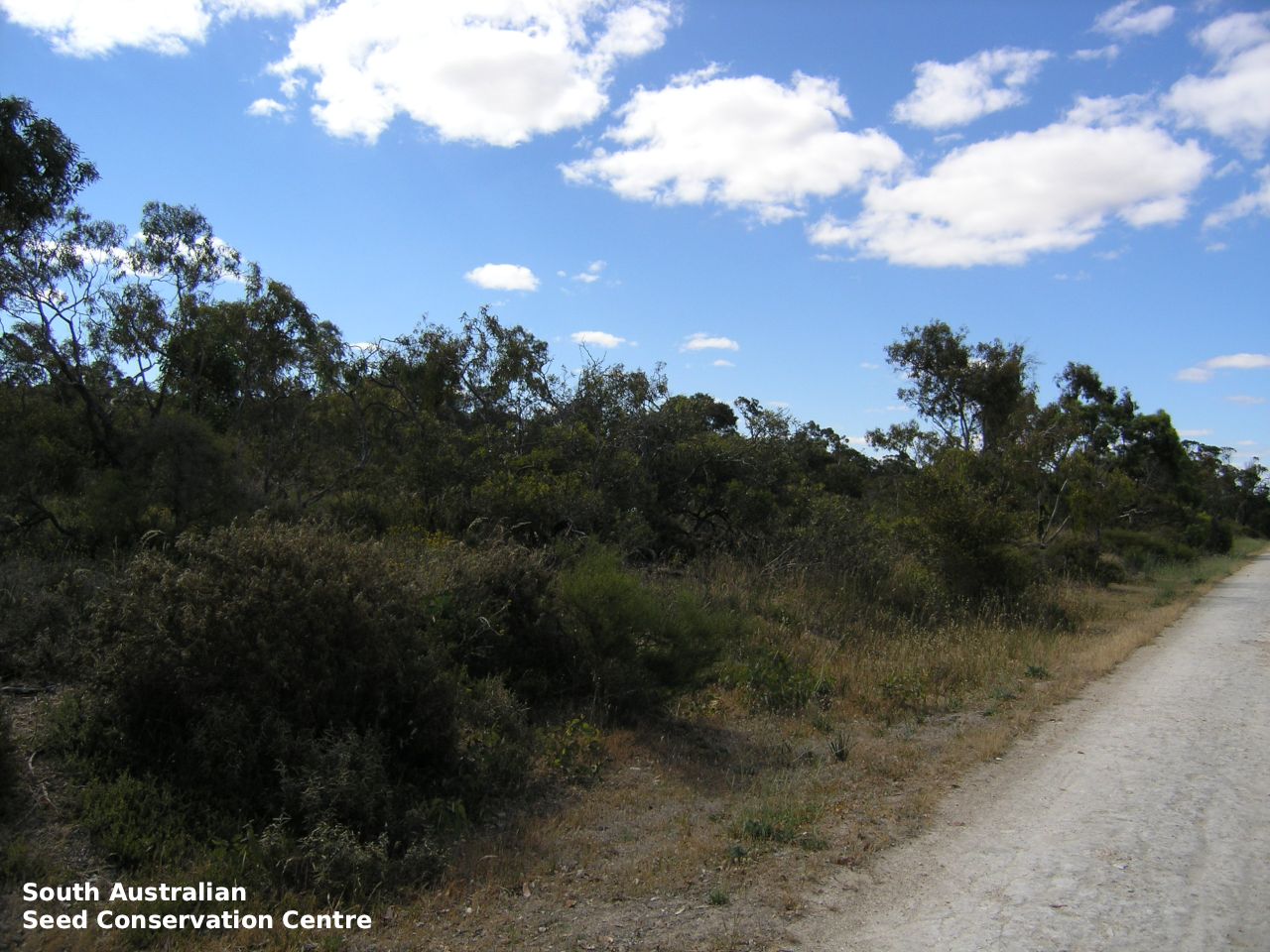
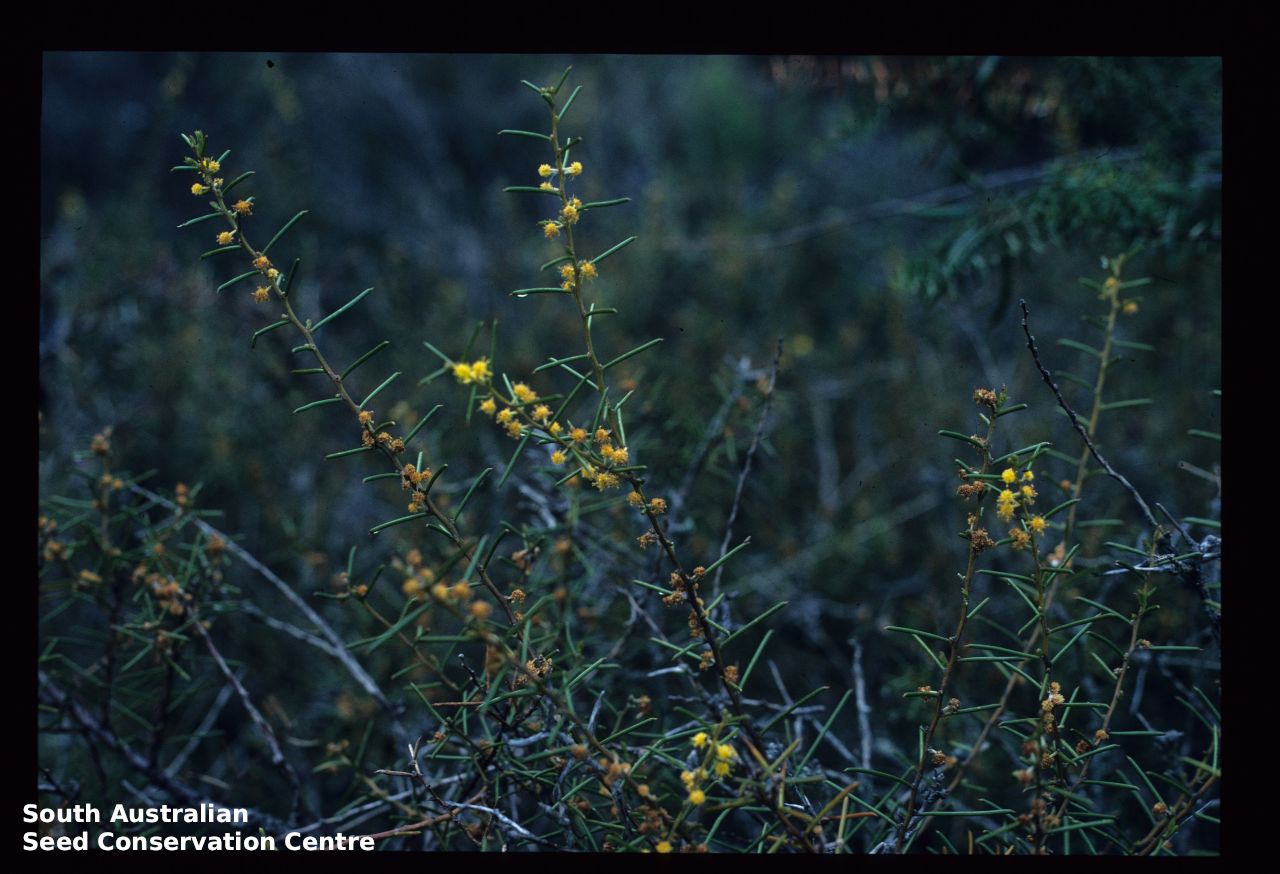

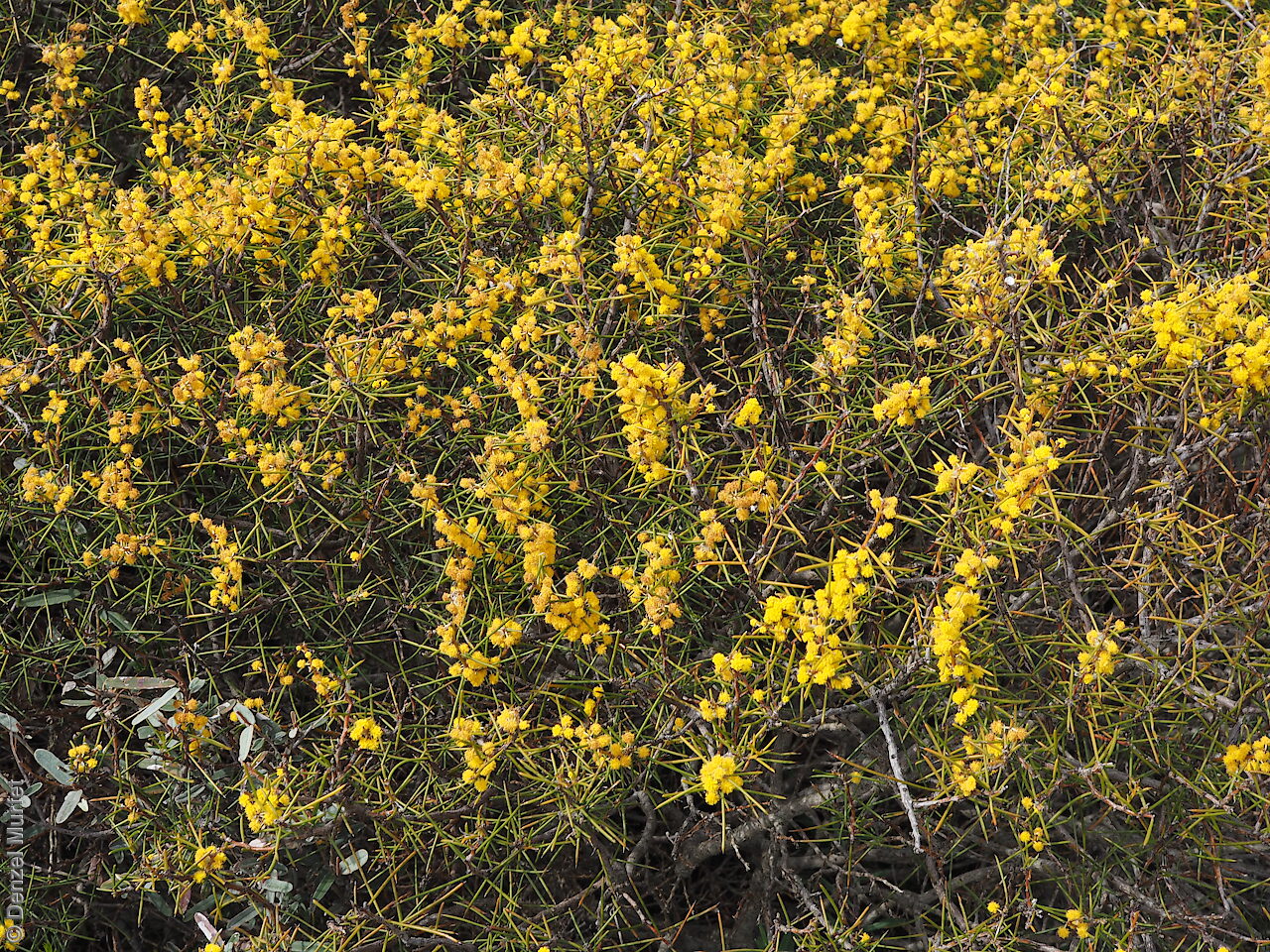
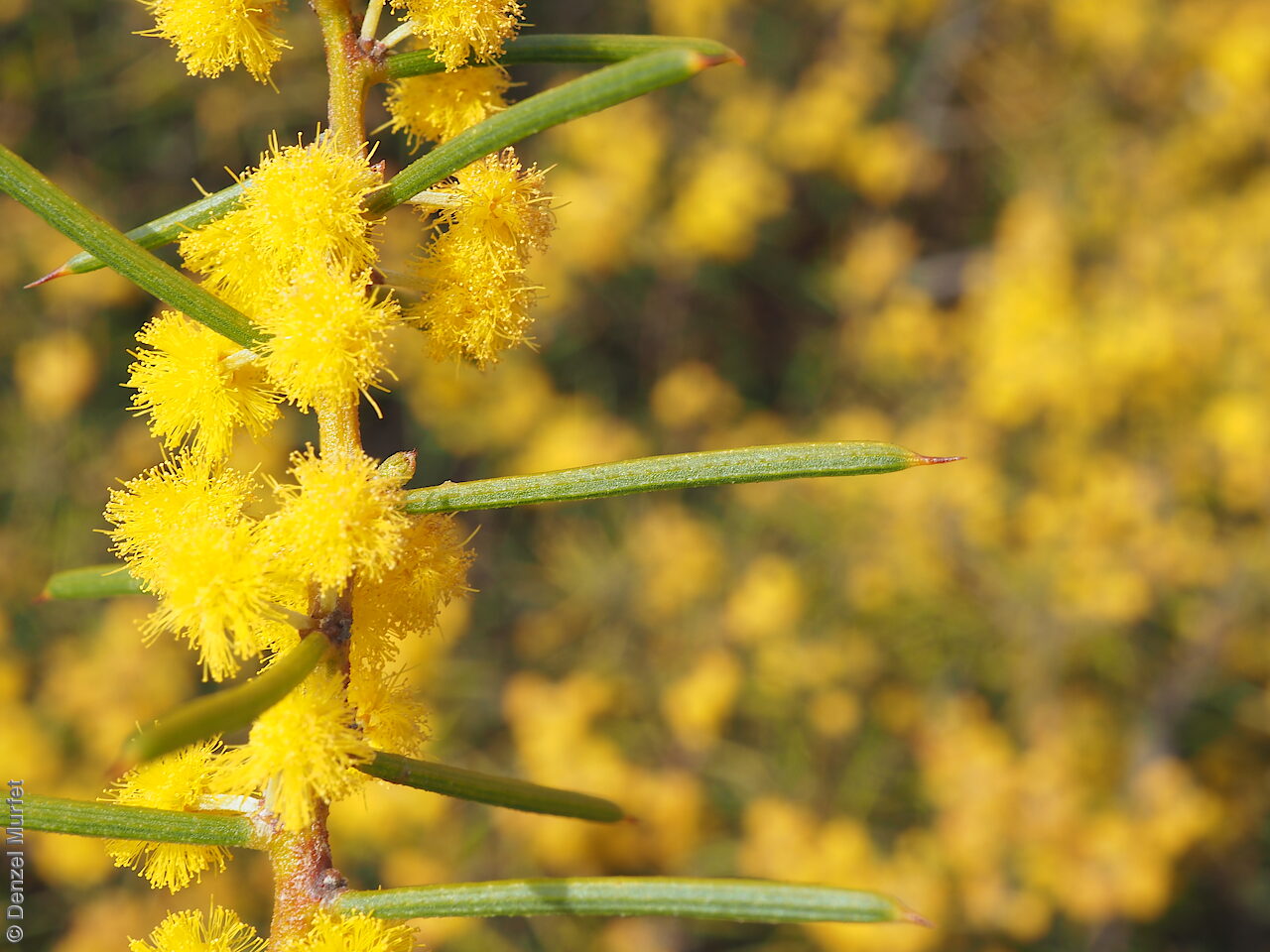
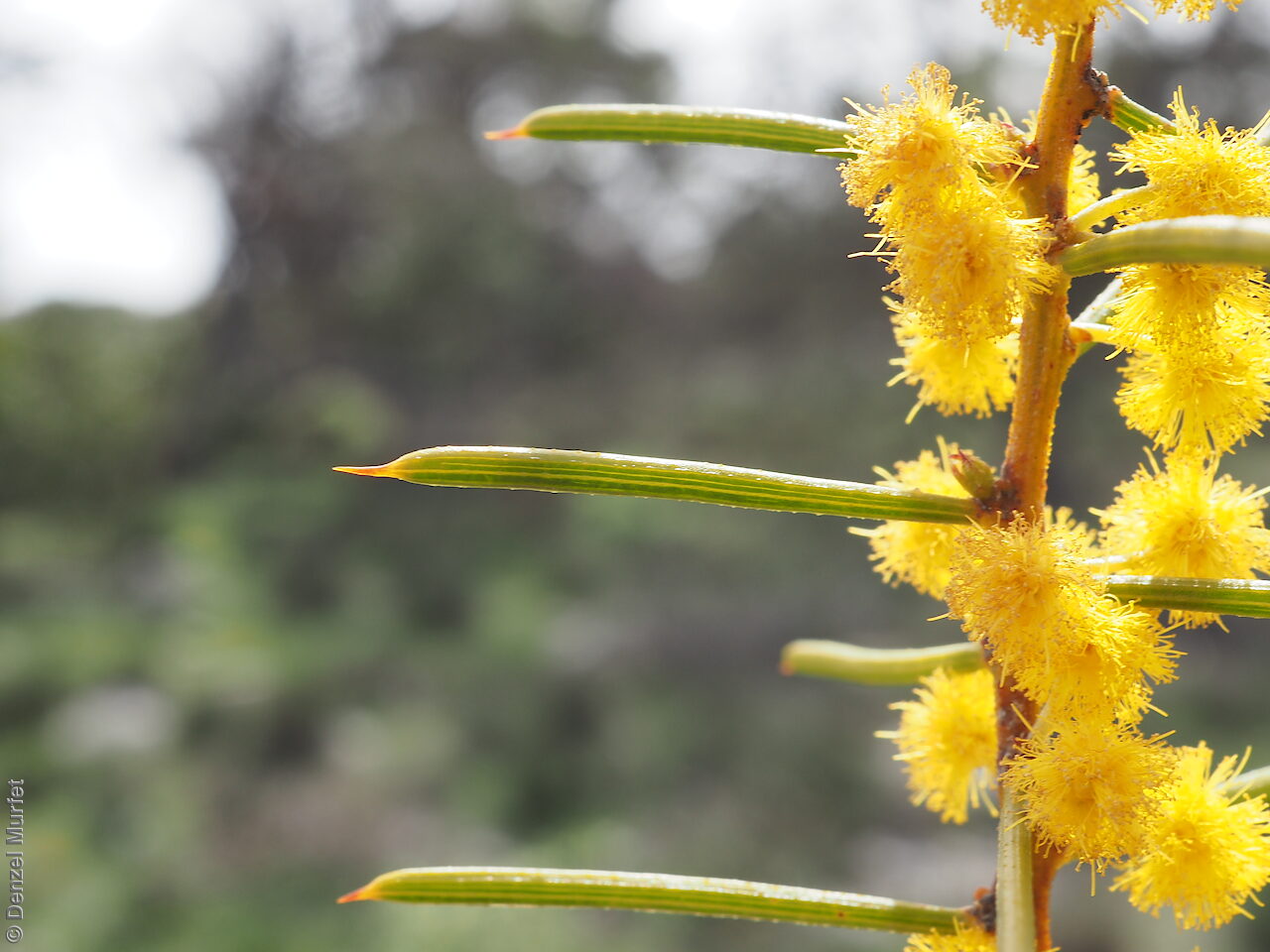
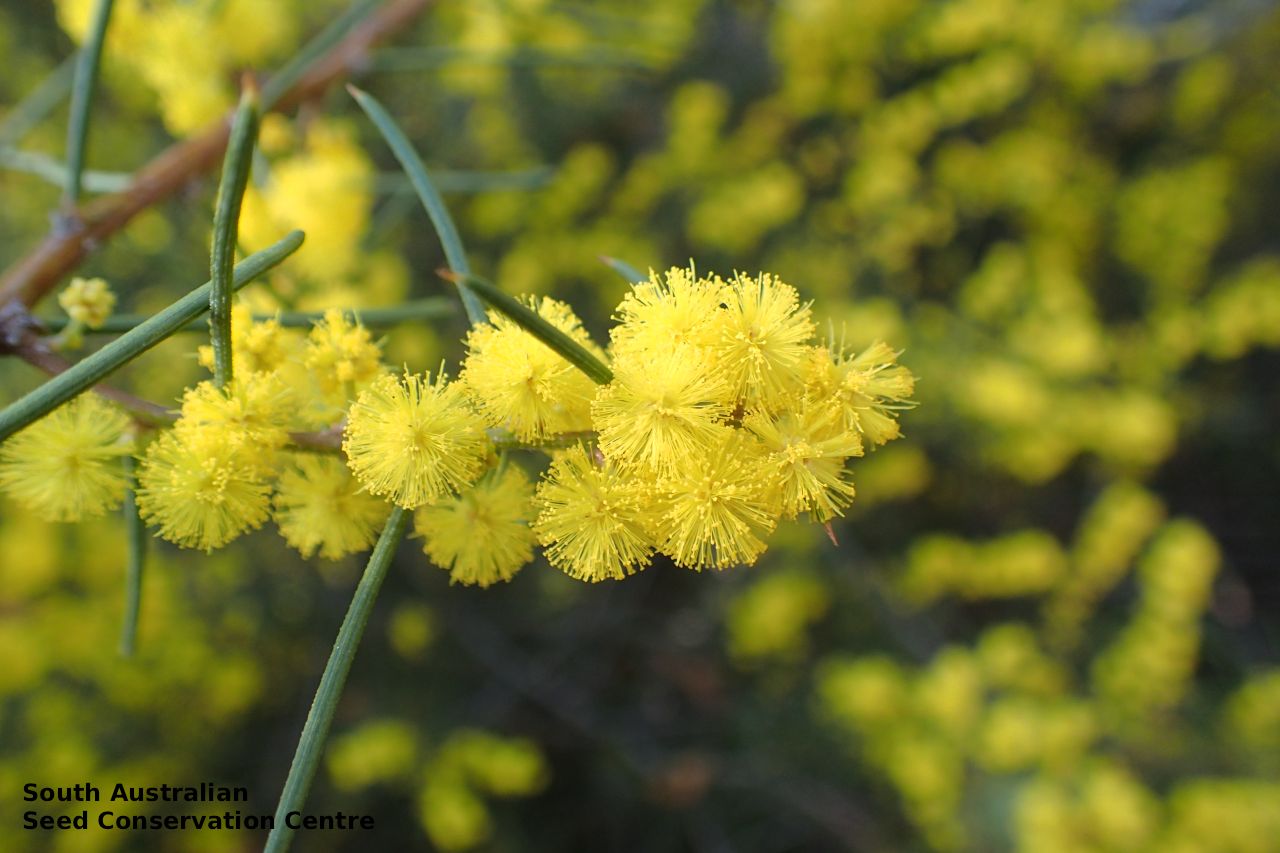
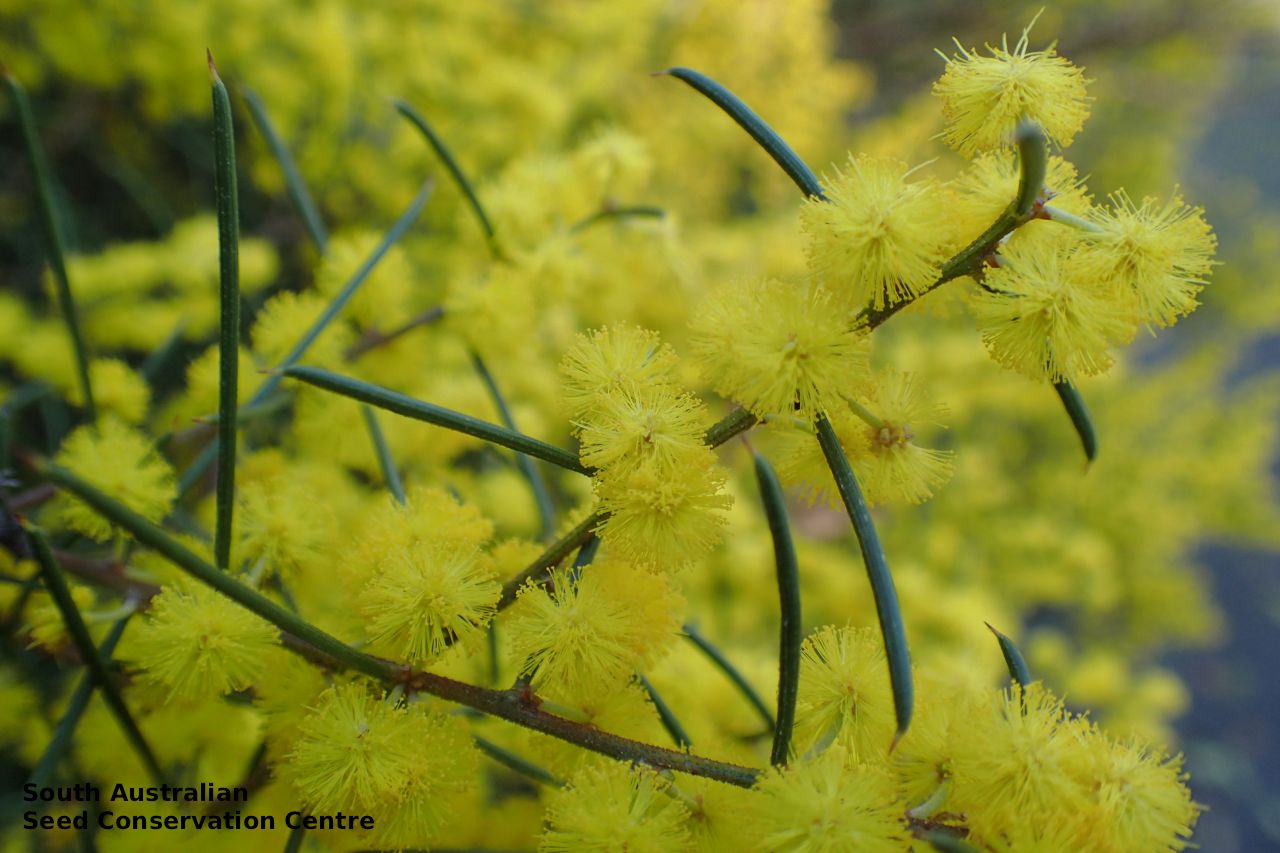
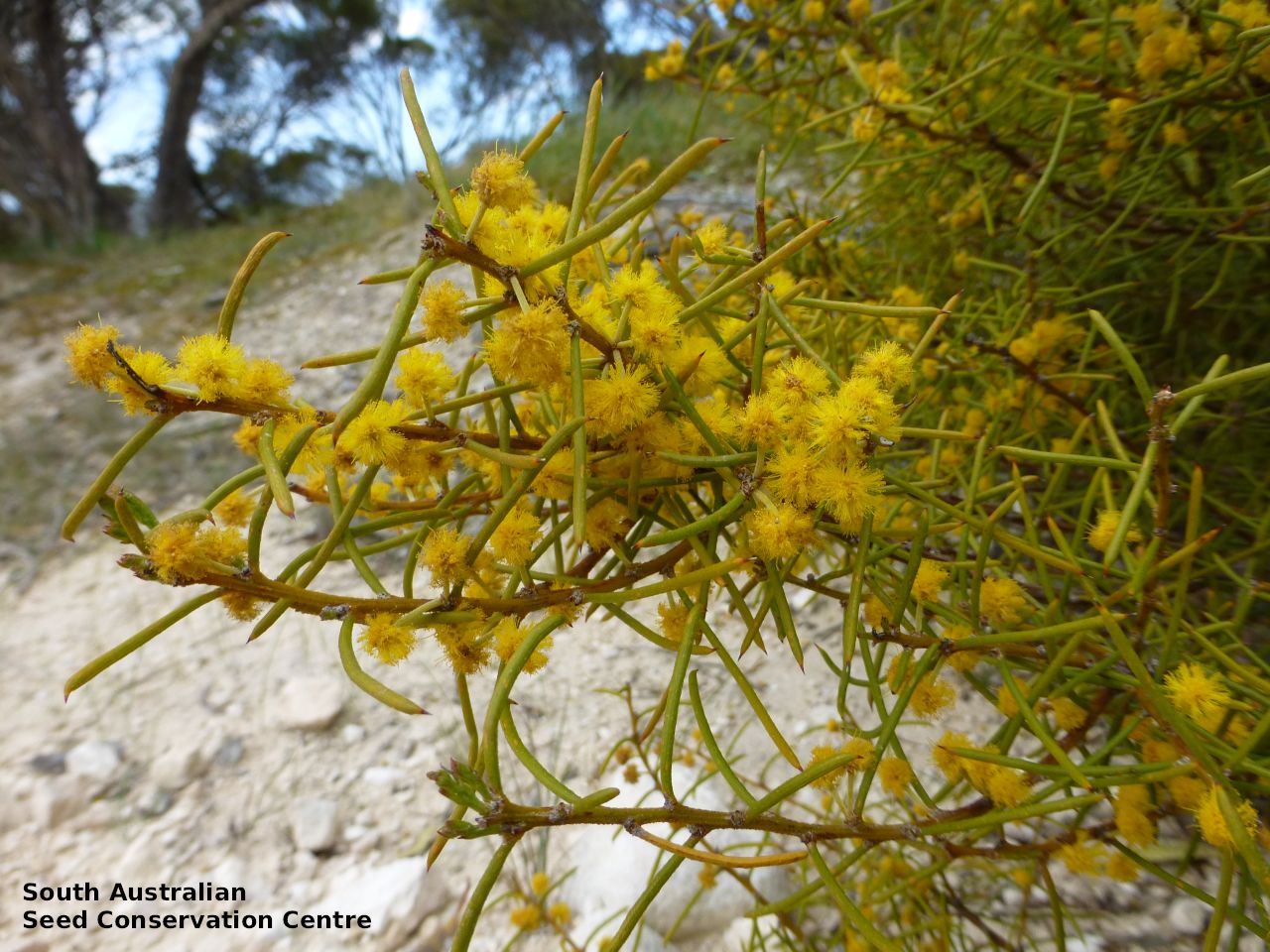
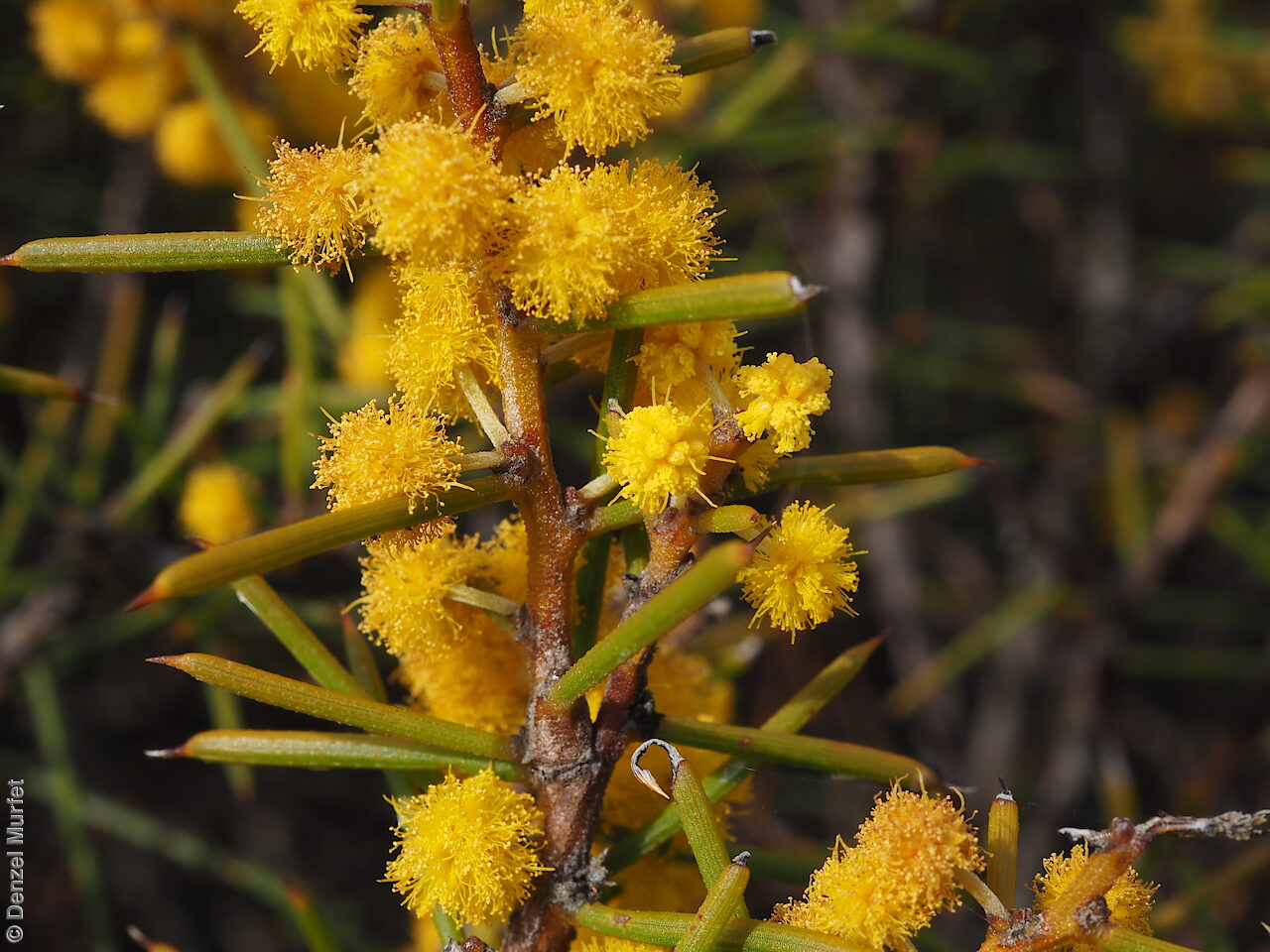
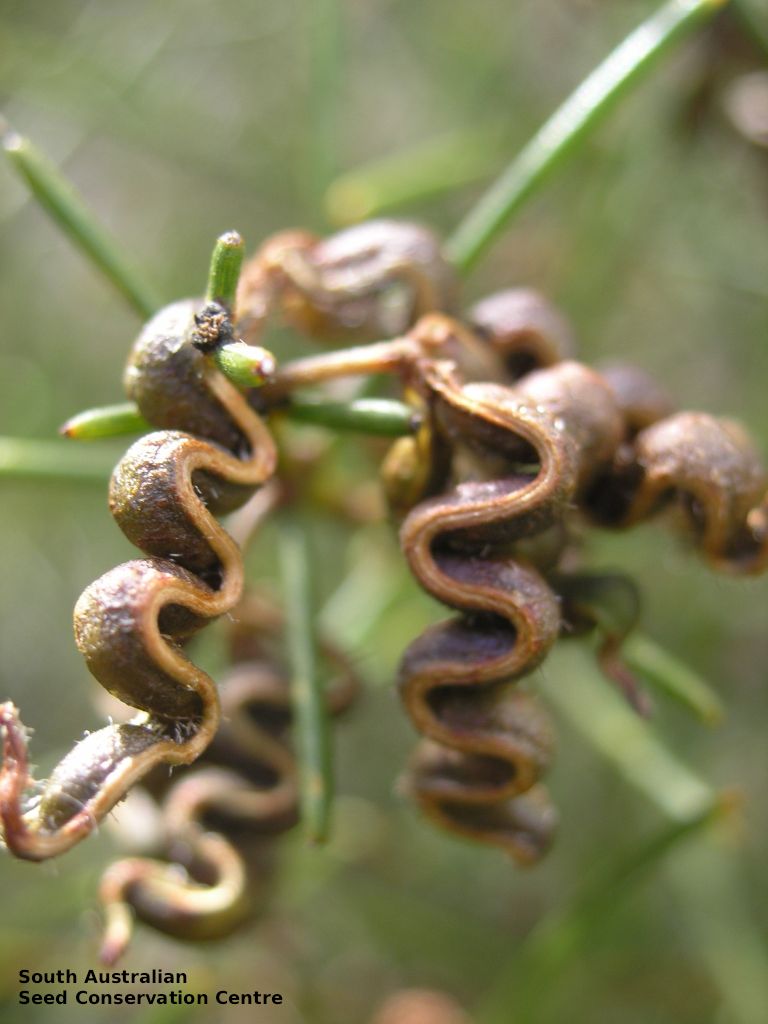

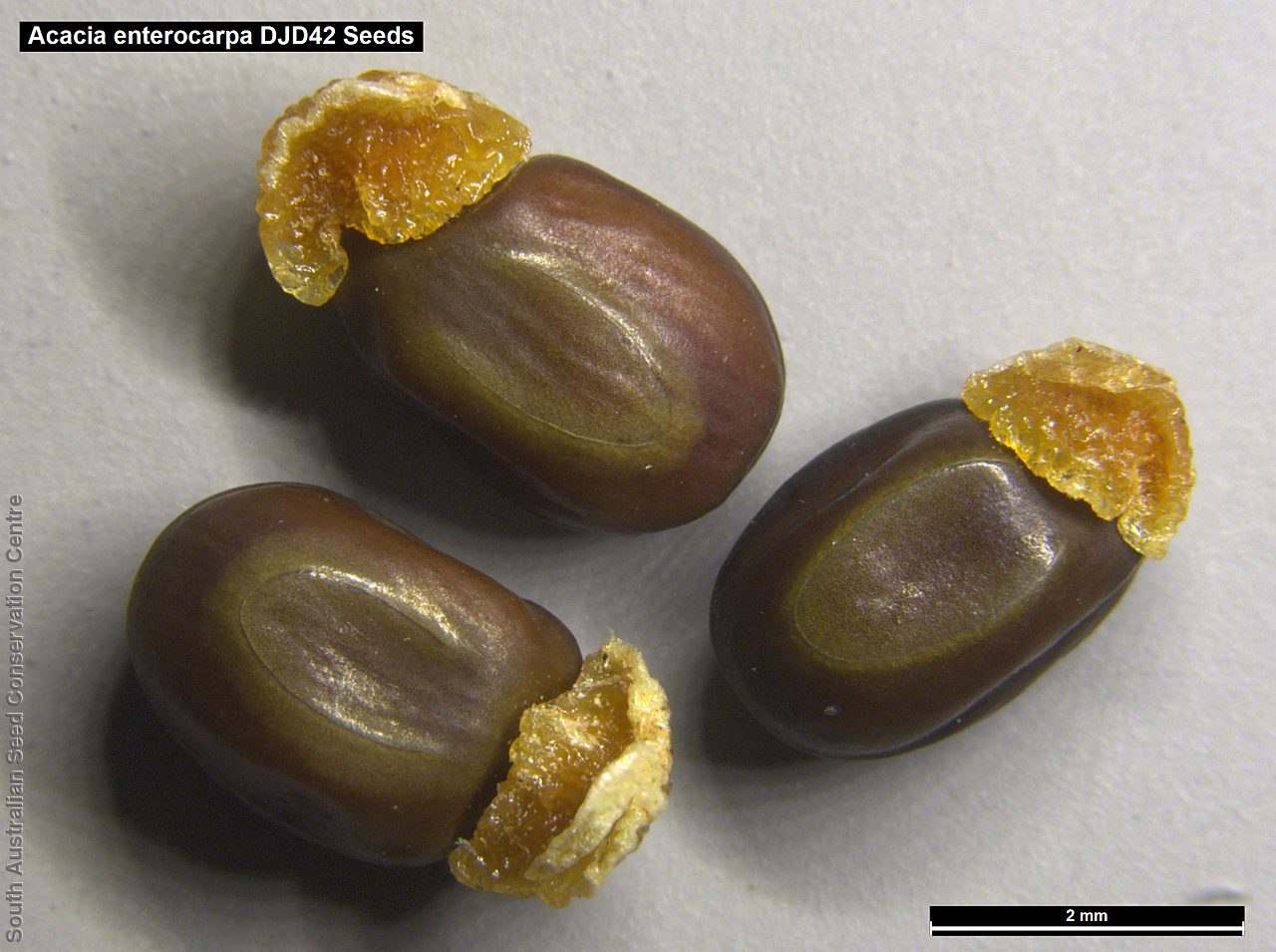
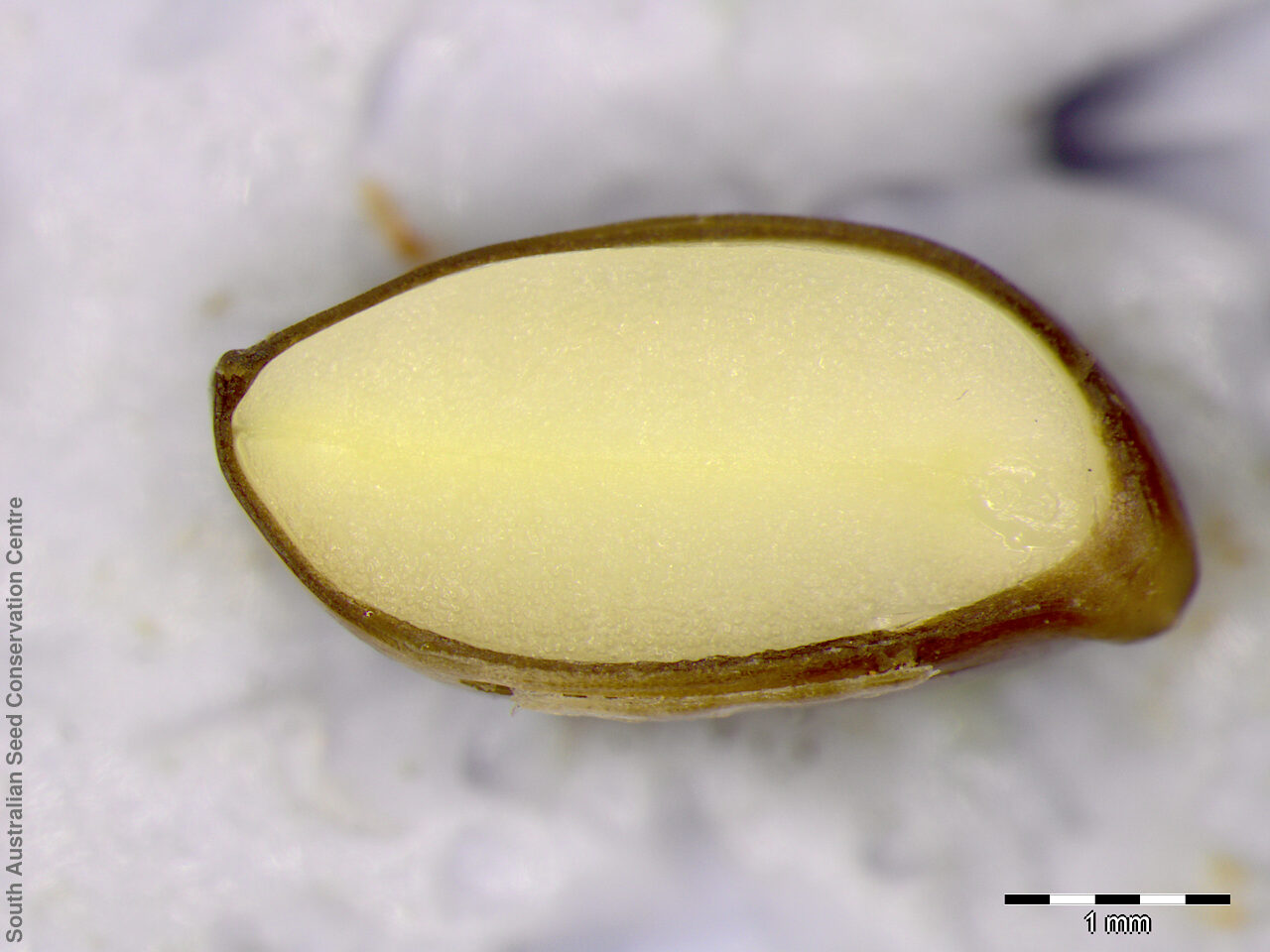
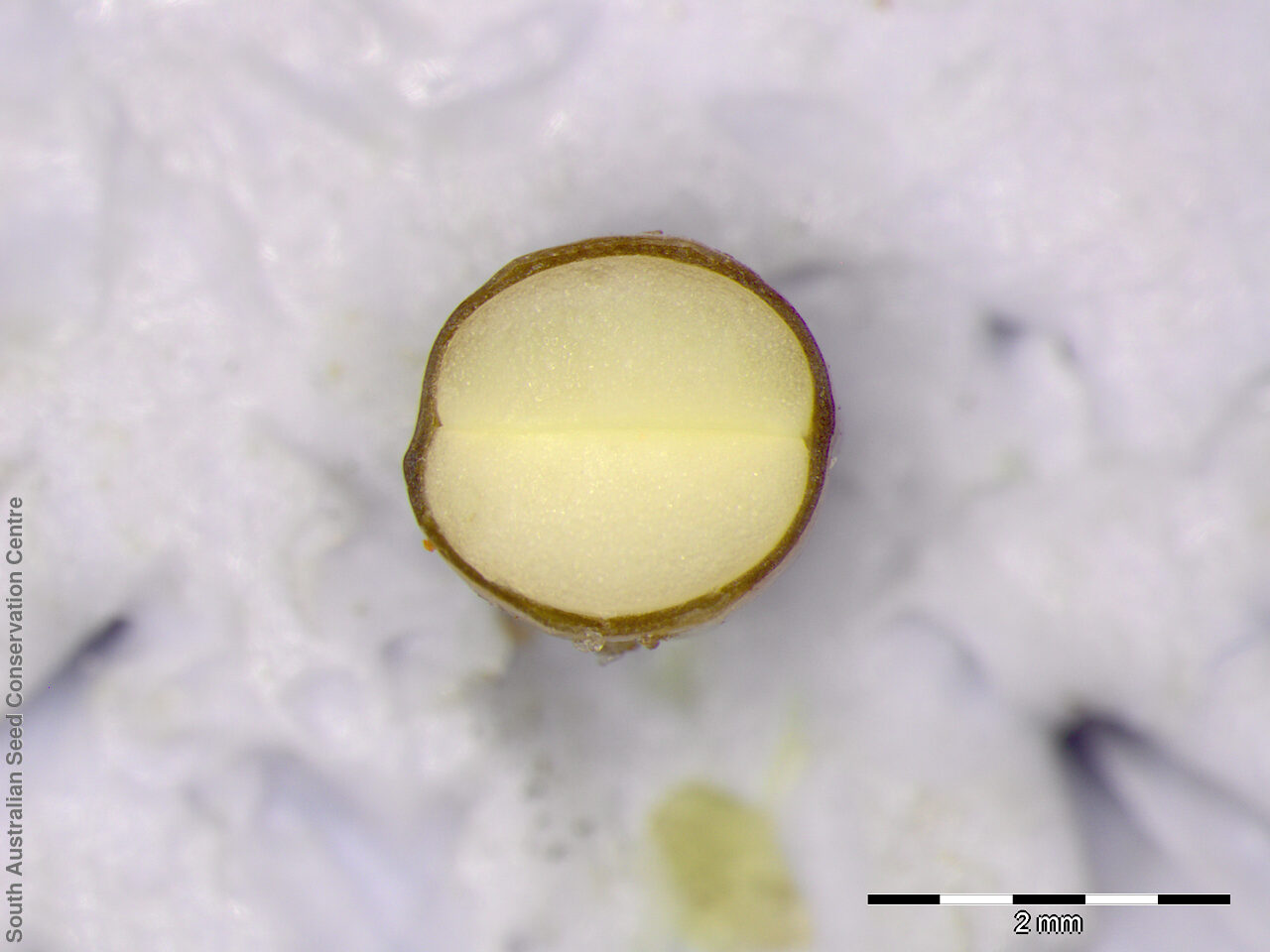

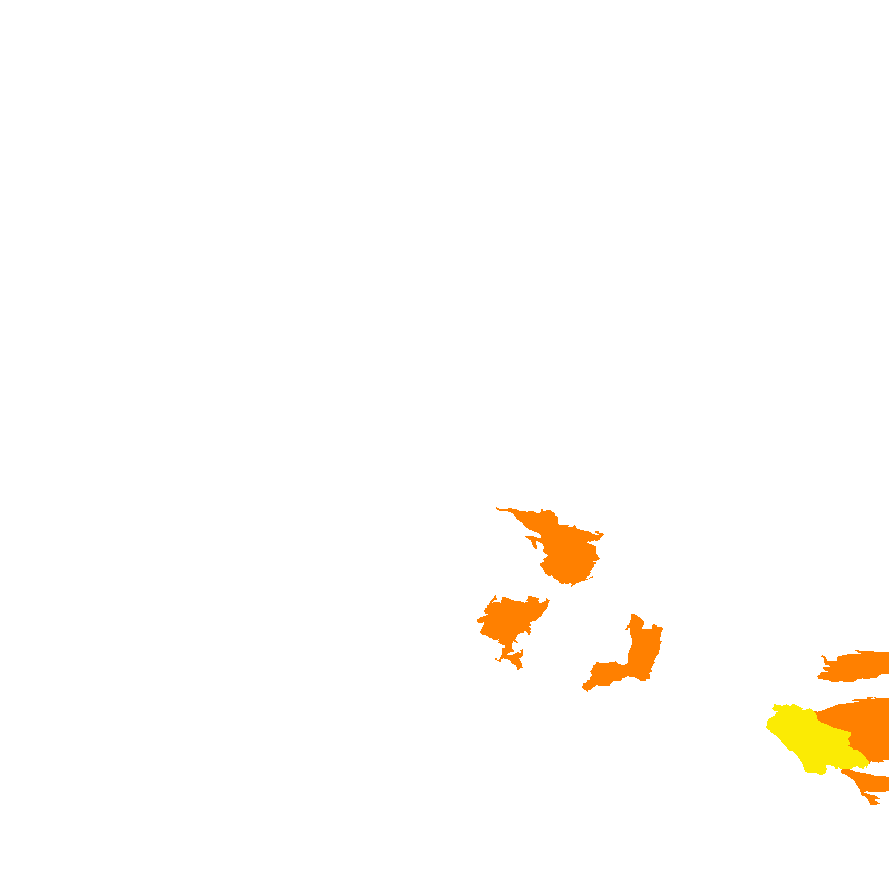
Botanical art
Etymology
Acacia from the Greek 'akakia' and derived from 'ake' or 'akis' meaning a sharp point or thorn and 'akazo' meaning to sharpen. Dioscorides, the Greek physician and botanist used the word in the 1st century AD for the Egyptian thorn tree, Acacia arabica. Enterocarpa from the Greek 'enteron' meaning intestine and 'karpos' meaning fruit, referring to the pod being coiled like an intestine.
Distribution and status
Restricted to a number of locations in upper South-East, Yorke Peninsula and Eyre Peninsula regions, growing in woodland to open forest with sandy alkaline and hard neutral yellow duplex, red shallow porous loam and grey cracking and self-mulching clays soils. Also found in Victoria. Native. Very rare in South Australia. Very rare in Victoria. Endangered under the EPBC Act.
Herbarium regions: Eyre Peninsula, Yorke Peninsula, South Eastern
NRM regions: Eyre Peninsula, Northern and Yorke, South East
AVH map: SA distribution map (external link)
Plant description
Small, dense, much branched prickly shrubs, to 1.5 m high and usually spreading the same or more across, with reddish-brown stems. Leaves linear to 4.5 cm long and 1 mm diameter, straight or slightly curved; rigid, almost terete with apex contracting suddenly into a sharp reddish-brown, rigid point. Inflorescences simple and axillary, solitary, mostly twin or sometimes ternate with globular, bright yellow flower-heads. Flowering between May and October. Fruits are small, light brown pods covered in scattered hair to 20 mm long and 2 mm wide. Margins prominent, thickened and pale yellow. Seeds are hard, dark brown to black, ovoid to ellipsoid seed to 3 mm long and 2 mm wide. Seed embryo type is investing.
Seed collection and propagation
Collect seeds between October and December. Collect mature pods that are turning brown, with hard, dark seeds inside. Place the pods in a tray and leave to dry for 1-2 weeks or until the pods begin to split. Then rub the dried pods to dislodge the seeds. Use a sieve to separate any unwanted material. Store the seeds with a desiccant such as dried silica beads or dry rice, in an air tight container in a cool and dry place. Seed viability is high but can be low if heavily predated. This species has physical dormancy that needs to be overcome for the seed to germinate (e.g. nicking or softening the seed coat).
| Location | No. of seeds (weight grams) | Number of plants | Date collected | Collection number Collection location | Date stored | % Viability | Storage temperature |
|---|---|---|---|---|---|---|---|
| BGA MSB | 14,000 (68.6 g) 14,000 (68.6 g) | 100+ | 7-Dec-2004 | DJD70 Eyre Peninsula | 31-Mar-2006 | 85% | -18°C |
| BGA MSB | 12,600 (83 g) 12,600 (83 g) | 50+ | 2-Dec-2004 | DJD64 South Eastern | 31-Mar-2006 | 95% | -18°C |
| BGA MSB | 6,500 (34.2 g) 6,500 (34.2 g) | 100 | 23-Nov-2004 | DJD42 Yorke Peninsula | 31-Mar-2006 | 90% | -18°C |
| BGA | 8,800 (40.5 g) | 70 | 29-Nov-2006 | TST107 Yorke Peninsula | 1-Aug-2007 | 85% | -18°C |
| BGA | 88 | 5+ | 29-Nov-2006 | TST108 Yorke Peninsula | 1-Aug-2007 | 90% | -18°C |
| BGA | 1,950 (9.75 g) | 30+ | 27-Nov-2008 | KHB183 Yorke Peninsula | 20-Jul-2009 | 90% | -18°C |
| BGA | 16,100 (132.580 g) | 30+ | 15-Dec-2022 | BKB166 Eyre Peninsula | 20-Jun-2023 | 100% | -18°C, -80°C |
Number of plants: This is the number of plants from which the seeds were collected.
Collection location: The Herbarium of South Australia's region name.
% Viability: Percentage of filled healthy seeds determined by a cut test or x-ray.